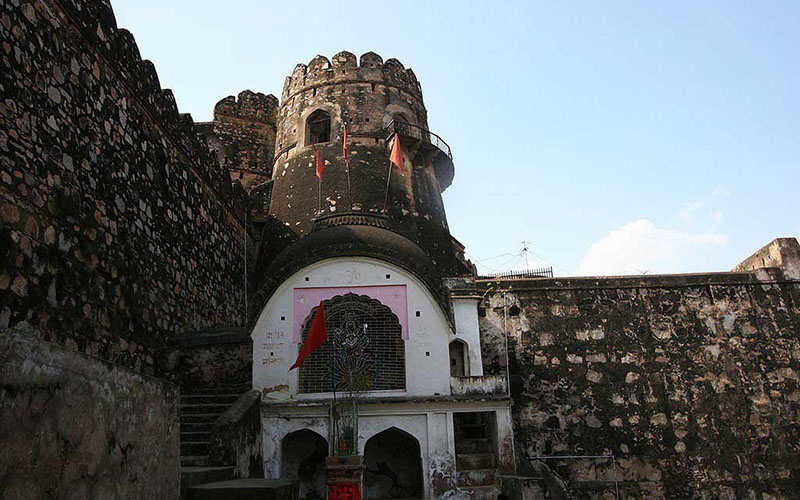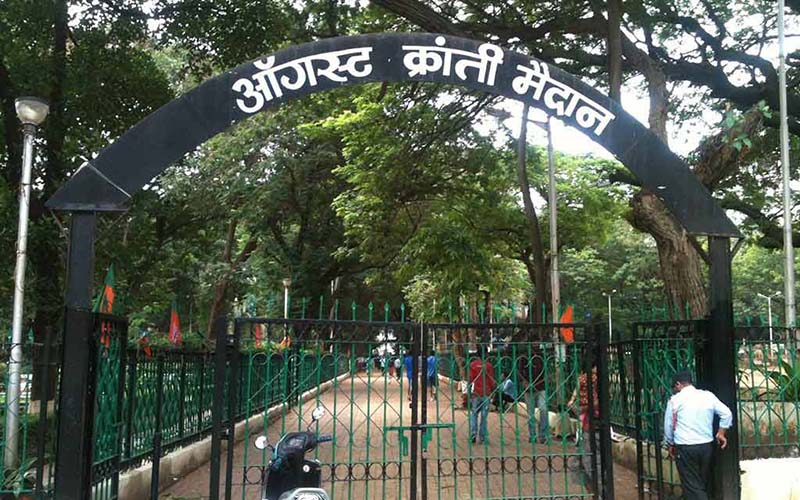Yes, we were not there to see the freedom struggle of India during its nascent and peak stage, but we are today enjoying the fruit of freedom for which the seeds were sown way back in 1857. On the 69th Independence Day eve of India, we bring you a list of
places you must visit to relive the stories of the Indian freedom struggle.
1. Cellular Jail in Andaman & Nicobar Islands
Depicting the brutality of the British government, the cellular jail in Andaman Island speaks spine chilling stories about how the freedom fighters were exiled from the rest of the country here and tortured in the prison. This island was converted by the Britishers as a prison island secluded from the rest of the country with 696 cells spread over 3 floors and 7 wings. The jail today can be visited to feel the plight of the prisoners tortured here.
2. Gandhi Ashram in Ahmedabad
Gandhi ashram has been home to Mahatma Gandhi, father of the Indian nation for 12 long years. It won’t be wrong to call it as a birthplace of the non-violence movement by Gandhi. He started the famous Dandi march from here. The location of the ashram also was an iconic one. It was located in the middle of a crematorium and a British prison, and Gandhi felt that a freedom fighter ends up at either of these two places, hence, it is the perfect place for him to stay and pursue his search for truth and fight for Indian independence.
3. Jalianwala Bagh in Amritsar
Witnessing one of the most ruthless killings by the British army, the Jalian Wala Bagh holds a place in history that can never be forgotten. It was in the year 1919 when thousands of men, women, and children of all faiths (Hindu, Muslim, and Sikhs) gathered at the park to show a peaceful protest against the British rule. Little did they know that the British force will fire over 1600 bullet rounds and kill all of them. To date, only an estimated number of 1500 casualties have been issued as the exact number of deaths is still unknown. Contrary to the British belief, this massacre further fueled the freedom struggle.
4. Gateway of India, Mumbai
While the gateway of India was started in the year 1911 by the British to commemorate the visit of the Royal King George V, it was finally completed in the year 1924. But ironically only 24 years later, the Britishers used it to march the last British regiment, before India rose to stand up as an independent nation. It incorporates Islamic style designs of the 16th century.
5. Birla House in New Delhi
Originally built as a home to the famous businessman BD Birla, it was later given to Mahatma Gandhi and he stayed here while he lived in Delhi. The palatial house was used extensively for his prayers and political meetings. This is the place where Gandhi was shot by Nathuram Godse in 1948. The government of India has now converted this place as a museum and has erected a memorial at the place where he fell after being shot.
6. Jhansi fort in Jhansi
More than 4 centuries old, this fort symbolizes the first war of independence in the year 1857. The queen of Jhansi, Rani Laxmi Bai fought with the Britishers who marched to take over her palace for a good 17 days before it fell. The queen escaped from there with her troop to acquire the fort of Gwalior and again fought the British before succumbing to her injuries from the battle. The place symbolizes the first revolt against the Britishers.
7. August Kranti Maidan in Mumbai
This was the iconic place where Gandhi announced his famous ‘Quit India movement’. It was at this place where he called the masses and took a commitment of ‘Do or Die’ in the freedom struggle. At the maidan when Gandhi called for the mass meeting, tear gas attack and lathi charge by the British government was done to suppress the movement, but the freedom fighters managed to hoist the Indian flag. It marked the start of the final stage of Indian Independence and for the first time gave the Britishers a clear idea that they have lost their ground in Indian soil.
8. Chandra Shekhar Azad Park in Allahabad
The earnest freedom fighter of the Indian struggle Chandra Shekhar Azad was a prominent figure for his fierce hatred towards Britishers and being a mentor to another legend Bhagat Singh. He had taken a pledge to never get caught by the British army. Azad fought a battle alone with the British army when they surrounded him at the Alfred Park (now known as Chandra Shekhar Azad Park) where he went to meet his friend and another freedom fighter Sukhdev Raj. He kept the British force busy and allowed Sukhdev to escape safely, but when he realized that in no time he will be captured by the army, he killed himself from the last bullet left in his pistol to keep his vow of never being caught by the Britishers.
Book Now: India Tourist Visa Online
Conclusion
India has seen countless wars, great civilizations, religious outbreaks and pools of bloodshed, but the freedom struggle that started in the year 1857 and ended after getting achieving it in 1947, showed the world the unity of Indians. This small nation has made its mark in the history of the world by bringing an end to the 200-year-old reign of the British army. Visiting these places and knowing more about the heroes that laid their lives in the freedom struggle firms’ one’s belief that goal is bigger than life, and if pursued with unshaken belief, victory waits for you at the end of the tunnel.









